"Museumization" of ancient boats
Nearly 1 month after the excavation, many archaeologists and scientists came to observe and initially evaluate the value of the 2 ancient boats at the bottom of the fish pond in Cong Ha neighborhood (Ha Man ward, Thuan Thanh town, Bac Ninh province).
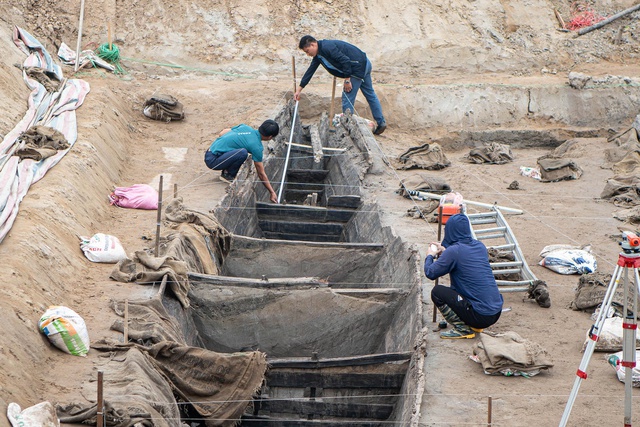
Archaeologists observed, measured and meticulously recorded data and information about the two ancient boats.
Photo: Minh Nhan
Dr. Pham Van Trieu, Deputy Head of the Historical Archaeology Department (Institute of Archaeology), who is in charge of the excavation, said that during the emergency excavation of the two ancient boats, he and his colleagues considered a plan to preserve the relic. However, because the boats had been submerged in water for too long, the wood was very soft, and if they were disassembled into parts for transport, the current state would not be preserved. Meanwhile, the proposal to relocate the entire area where the two boats were discovered was untenable.
Associate Professor, Dr. Bui Minh Tri, an expert at the Department of Underwater Archaeology (Institute of Archaeology), proposed two ways to preserve ancient boats in situ.
First, fill the archaeological area, close the relic to preserve the original underground state, and reposition the entire area. From there, researchers recreated the 3D image above, while the boat was underground. Second, build a system of two underwater boat pools, apply technology to introduce the relic, so that visitors can come and see it directly. This solution is more expensive, but effective and sustainable.
"The plan to move the two ancient boats to the museum is a big challenge," said Mr. Tri.
Sharing the same view, Dr. Nguyen Van Doan, Director of the National History Museum, said that if the parts were dismantled and the two boats were moved to the museum, it would be difficult to preserve their original condition and shape. Therefore, in-situ preservation, also known as "museumization", is the most reasonable solution to date.
According to Mr. Doan, the boat, regardless of its age, is a valuable and meaningful heritage that needs to be invested in and carefully researched for preservation. "Without a suitable preservation method, it will be difficult to maintain its current state, especially in the current climate conditions, preserving wood is a difficult problem," said Mr. Doan.
Besides studying the age and value of the two ancient boats, Associate Professor, Dr. Le Thi Lien, former Head of the Department of Underwater Archaeology Research (Institute of Archaeology), emphasized that preserving relics is urgent.
She assessed that conservation work in Vietnam still faces many difficulties such as limited funding and lack of specialized training facilities in this field. "I agree with the plan to fill in the relics and recreate 3D images to promote them to tourists," Ms. Lien stated her opinion.
Closely related to Dau River
As Thanh Nien reported, in early 2025, when renovating a fish pond in Cong Ha neighborhood, Mr. Nguyen Van Chien (50 years old) hired an excavator to dig 1 meter deep and found two ancient boats at the bottom of the pond. In early March, the Department of Culture, Sports and Tourism of Bac Ninh province coordinated with the Institute of Archaeology under the Vietnam Academy of Social Sciences to excavate the remains of these two ancient boats.
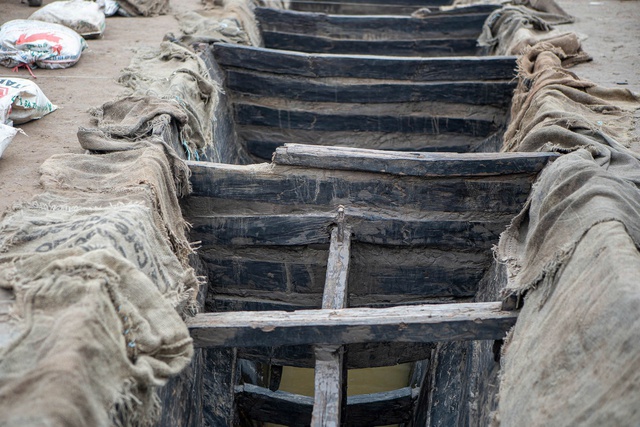
The boat structure is very special with solid joints, high-level mortise and tenon techniques, all wooden boat nails
Photo: Minh Nhan
Through many field studies and comparisons of many sources of documents, Dr. Pham Van Trieu and experts determined that this is an extremely valuable discovery, "the most unique in the history of Vietnamese archaeology".
According to Mr. Trieu, this could be a double-bottom boat (also known as a double-bottom boat or a double-hull boat), an extremely unique boat structure not only in the country but also in the world. The two ancient boats are 16.2 m long; 2.25 m wide; about 2.15 m deep; divided into 6 compartments, with a single-log bottom, and the top is joined together with mortise and tenon wooden pegs.
The two hulls of the boat are firmly connected together at the bow. The boat's structure is very special with solid connections and high-level mortise and tenon techniques. All the nails used to build the boat are made of wood, without the use of metal. "We have not yet determined the exact age because we are still waiting for the results of carbon-C14 analysis (after about 20-25 days) and related studies," said Mr. Trieu.
Associate Professor, Dr. Bui Minh Tri quoted international experts on the hypothesis of the age of the two ancient boats, saying that "it cannot be earlier than the 10th century and not later than the 15th century". "From my personal point of view, observing and evaluating the boat as a whole, including wooden nails, connecting the planks with hooks and equal wooden bars, their age could be around the 11th - 14th century", Mr. Tri said.
In addition, archaeologists also believe that these two ancient boats have a close connection with the Dau River, showing the important role of this river in history.
Associate Professor, Dr. Tong Trung Tin, Chairman of the Vietnam Archaeological Association, said that all current assessments are only preliminary speculations, as the excavation is still ongoing. However, this discovery is considered very unique and needs to be urgently preserved before making a final conclusion about the type, nature or age of the relic.
"This is an underwater archaeological excavation, but due to special conditions it became a land excavation. Although part of the boat was destroyed, the basic structure of a double-bottomed or double-hulled boat still remains," said Mr. Tin.
According to the expert, to accurately determine the age, the participation of many international experts and laboratories is needed. He encouraged the public disclosure of information about the relic to receive comments from the international research community.
"If the boat dates from the Luy Lau period, its value will be huge. Even if it dates from the Ly or Tran dynasties, the relic still has its own unique value," Mr. Tin said.
Associate Professor, Dr. Tong Trung Tin proposed an in-situ preservation plan and found ways to protect the relic because of its advantage of being closely linked to the Luy Lau relic and Dau River. At the same time, experts need to conduct comprehensive, in-depth and extensive research to accurately determine the age and value of the relic.
In addition, the research team can coordinate with other fields such as paleogeography and ancient trade to have a comprehensive view of the relic; apply 3D technology to document the relic, serving research and display.
Source: https://thanhnien.vn/de-xuat-phuong-an-bao-ton-thuyen-co-o-bac-ninh-18525032718331369.htm


![[Photo] Prime Minister Pham Minh Chinh chairs meeting to remove difficulties for projects](https://vstatic.vietnam.vn/vietnam/resource/IMAGE/2025/3/30/7d354a396d4e4699adc2ccc0d44fbd4f)


![[Photo] Ministry of Defense sees off relief forces to the airport to Myanmar for mission](https://vstatic.vietnam.vn/vietnam/resource/IMAGE/2025/3/30/245629fab9d644fd909ecd67f1749123)


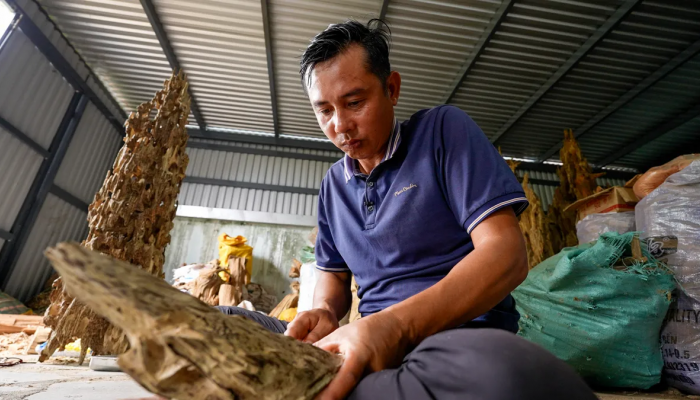
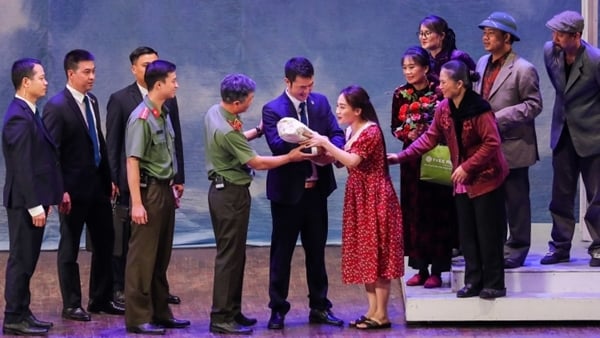














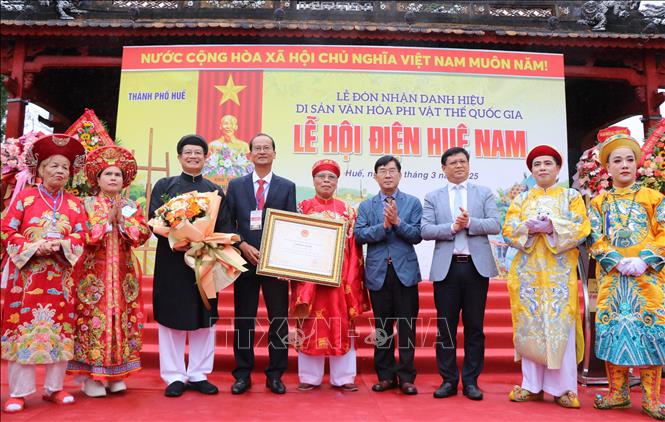

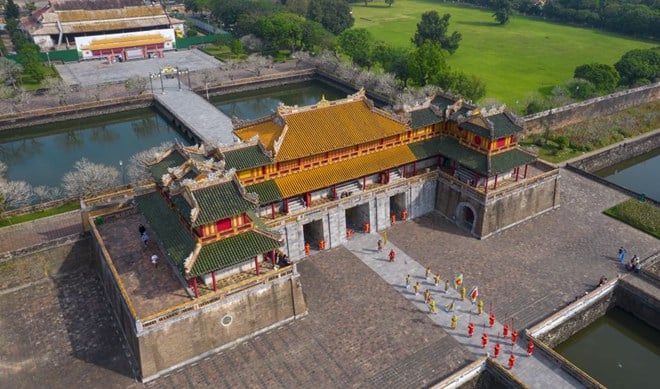









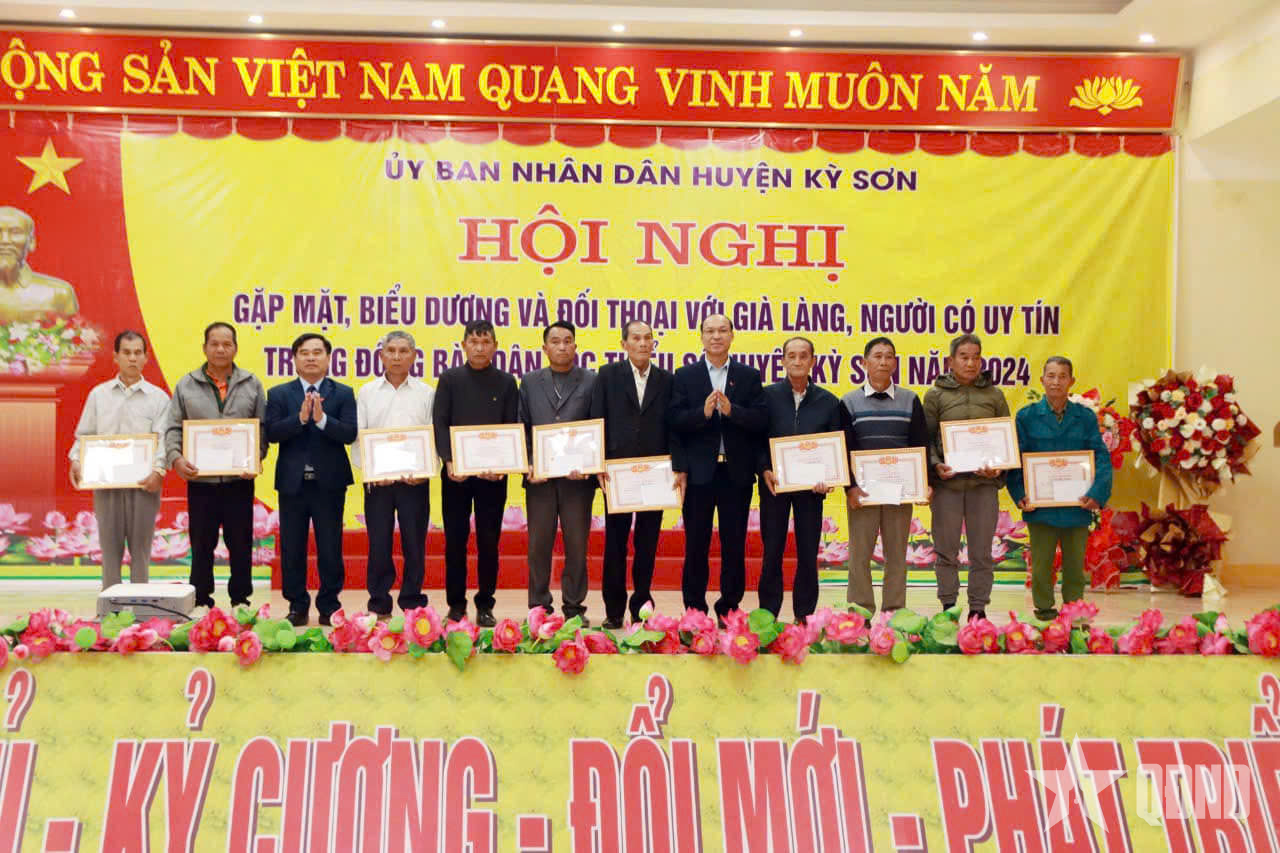





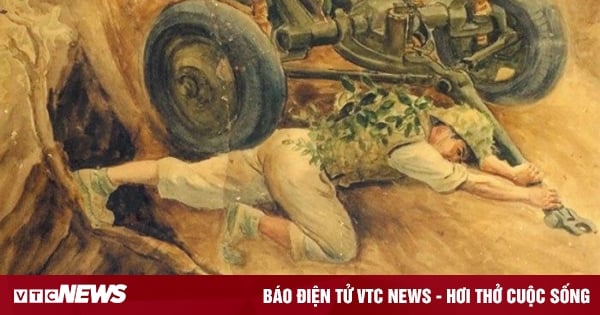


















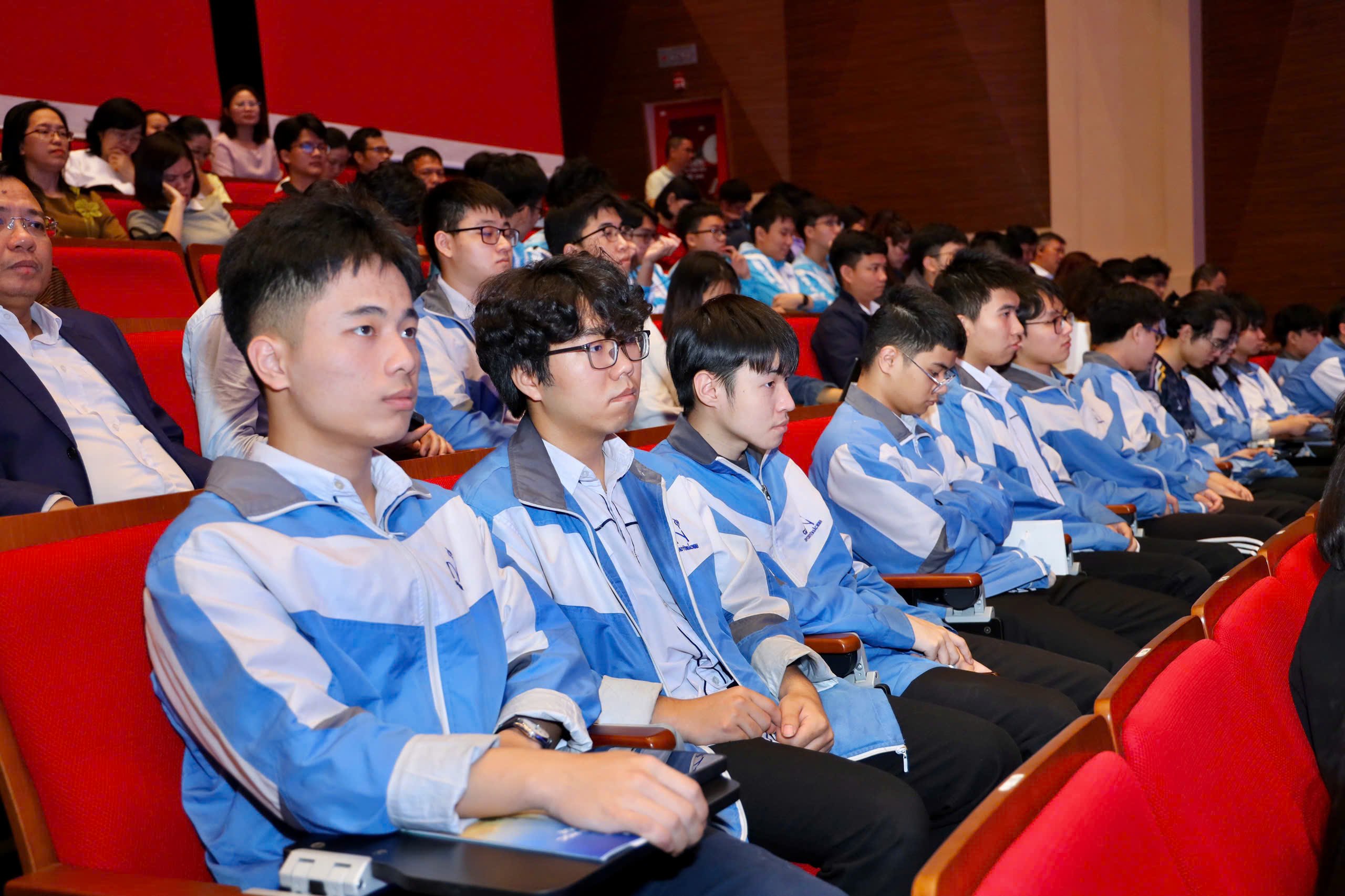














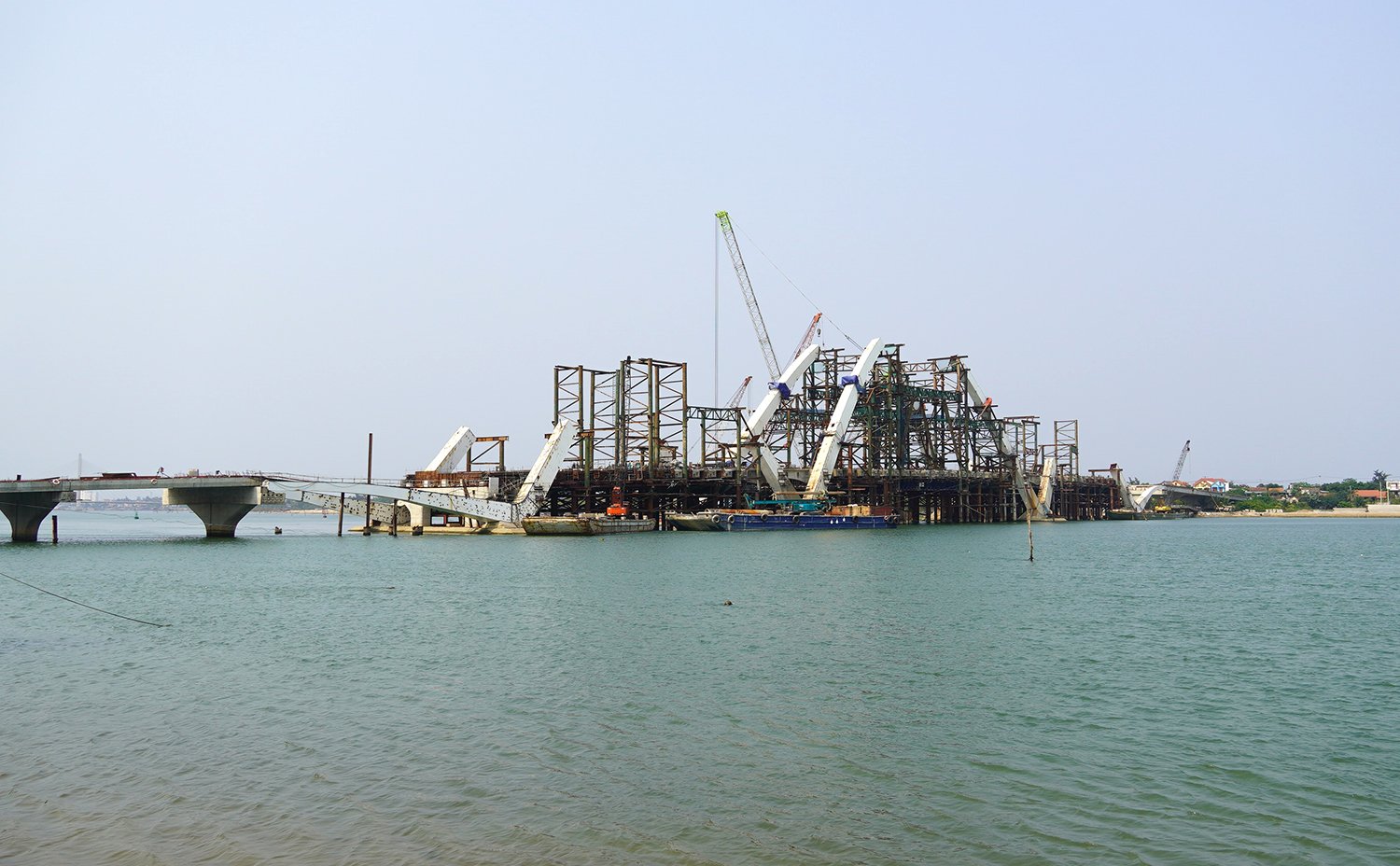
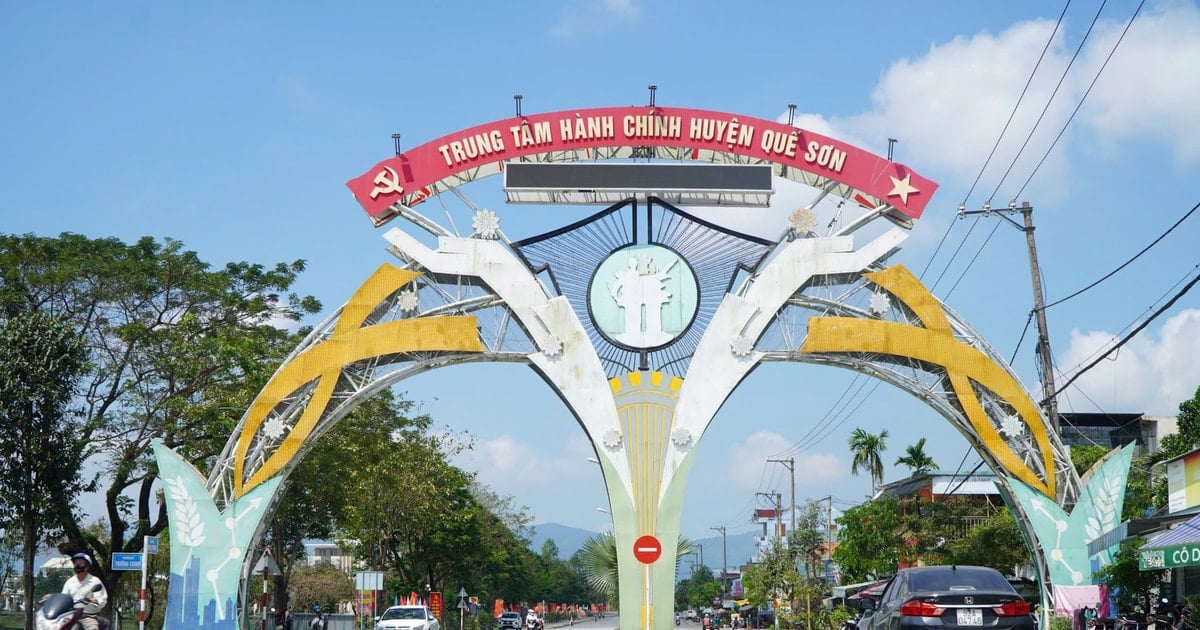
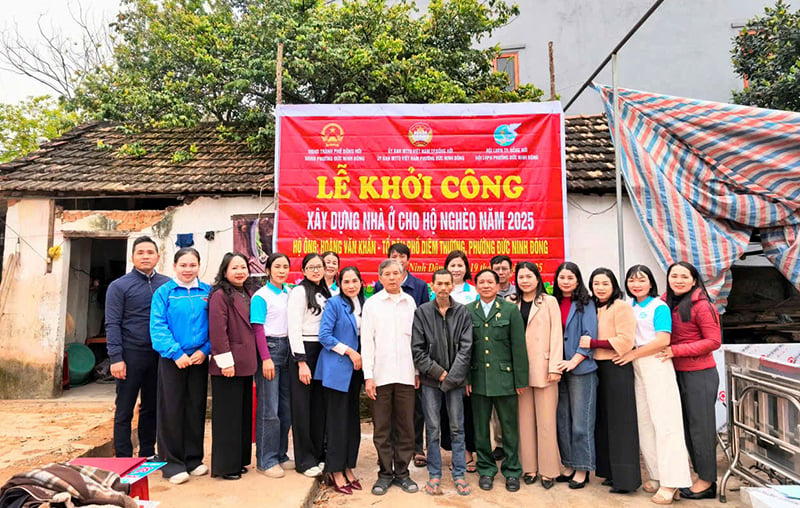




![[REVIEW OCOP] An Lanh Huong Vet Yen Cat](https://vstatic.vietnam.vn/vietnam/resource/IMAGE/2025/3/27/c25032328e9a47be9991d5be7c0cad8c)





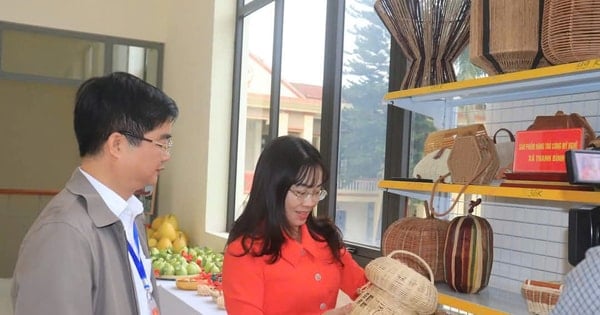
Comment (0)